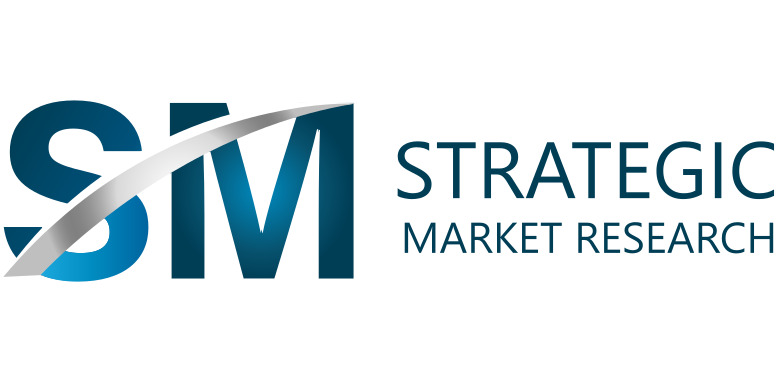Trauma fixation devices help to immobilize the fracture site, close the gap, and promote callus development, which is the first step in the basic bone healing process. A crucial first-line treatment for tissue deterioration and bone fractures is using trauma fixation devices. There are two categories of trauma fixation devices: internal fixation devices and exterior fixation devices. In order to maintain the patient’s ability to bear weight while recovering from a shattered bone, internal fixation devices are implanted within the human body.
The market worth of trauma fixation devices in 2021 was USD 10.8 billion, and it will be worth USD 18.71 billion by 2030, growing at a 7.10% CAGR during the forecast period.
Rising rates of degenerative bone illnesses like osteoporosis and arthritis are boosting the market’s expansion. In the next years, the market expansion will be driven by an aging population, an increase in the prevalence of bone diseases, and technological advancements in trauma fixation devices.
Market Dynamics
Drivers
A significant global cause of death is traffic accidents. Trauma fixation devices are necessary to recover injuries sustained in auto accidents. Per the Centers for Disease Control & Prevention, approximately 3,700 people worldwide lose their lives every day in a bus, motorcycle, bicycle, truck, or pedestrian accident. More than half of those fatalities involve cyclists, motorcyclists, and pedestrians.
Also rising are tumor resections, plate, and screw damage, intramedullary nail damage, humeral and femoral nail fractures, hip fractures, and fractures of the tibia, foot, and ankle. Additionally, the rising demand for goods, including peek implants, paek polymers (used in cases of facial injuries), bioabsorbable fixation devices, and temporary Fixation devices, is promoting market expansion.
Restraints
The need for trauma fixation devices is restrained by the numerous risks and health problems associated with them and the need for further surgical procedures to address some of them. As a result, the health problems associated with these devices will restrain the global market for trauma fixation devices.
Opportunity
Unwanted events like traffic accidents can cause severe injury or even death. The leading cause of death worldwide continues to be accidents and traffic crashes. Traumatic injuries caused by an increase in the frequency of fatal car accidents, especially those involving distracted, fast, and aggressive driving, among other factors, will drive the expansion of the market for trauma fixation devices.
Market Segmentation
Product Insights
The external fixator segment led the overall market generating revenue of USD 3 billion in 2022, driven by the increase in bone-related injuries that call for alignment and support for proper fixation. These wounds could necessitate the use of external trauma fixation devices during need-based procedures on the patient. In the upcoming years, a variety of product advantages, including simple adjustment, a low risk of infection, and reduced harm to the blood supply to the fractured bone, will support product demand.
Surgical Site Insights
The upper extremities segment will expand at a robust CAGR of 5% through 2032. Increased incidences of elbow, wrist and humeral shaft fractures will considerably drive market expansion. Since elbow fractures are among the most frequent fractures in children, they may cause nerve damage and poor circulation. Additionally, rising osteoporosis rates will result in an increase in upper extremity injuries, which will help the market grow.
End-user Insights
The hospital sector held the greatest industry share in 2020. It is due to the expansion of healthcare facilities in developing nations and an overall rise in hospitalizations brought on by an increase in the total number of traffic accidents and other sports injuries. According to the Organization for Economic Cooperation & Development, there were 51.9 road incidents for every 100,000 people in Canada in 2019.
Regional Insights
In 2022, North America ruled the market with 56.5% of the revenue share. The existence of prominent industry players like Johnson & Johnson, Stryker Corporation, and others drives the North American market. Furthermore, the demand for procedures, including the use of trauma fixation devices, is influenced by the increased frequency of orthopedic illnesses such as osteoporosis and rheumatoid arthritis. Per data from the World Health Organization, over 1.71 billion people experience different musculoskeletal disorders worldwide.
Key Players
- Globus Medical Inc.
- Braun Melsungen AG
- Johnson & Johnson Company (j&j trauma products)
- Orthopedic Implant Company
- Medartis Holding AG
- Osteomed
- Stryker Corporation
- Smith & Nephew plc.
- Wright Medical Inc
- Zimmer Biomet, Inc
The market worth of trauma fixation devices in 2021 was USD 10.8 billion, and it will be worth USD 18.71 billion by 2030, growing at a 7.10% CAGR during the forecast period. Rising injury rates, rising prevalence of degenerative bone disorders, rising elderly population, and growing technological development in trauma fixation devices are the main market-driving drivers.

